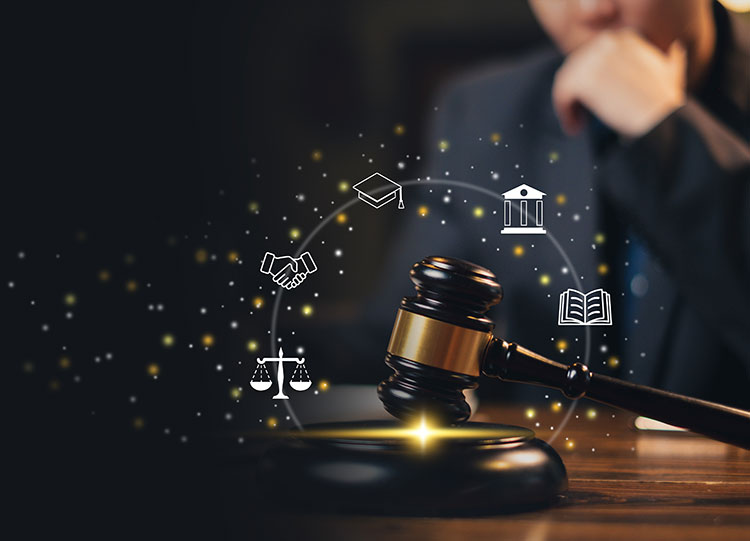Bringing Clarity to the Courtroom with Legal Art
Bringing Clarity to the Courtroom with Legal Art
Blog Article

Modern litigation demands clear, engaging presentation of evidence. Legal teams increasingly use illustration to explain events, scenes, and processes. LawFX specializes in producing precise, strategic visuals for trial and pre-trial support.
Understanding Courtroom Visuals
Unlike media sketches, these visuals aim to explain—not just depict—key scenes or events from a case. From car wrecks to faulty product usage, illustrations offer clarity for non-expert audiences. LawFX ensures each piece aligns with legal standards while enhancing testimony.
How LawFX Elevates Legal Communication
LawFX works hand-in-hand with attorneys to create visuals tailored to the case. Each image supports testimony and simplifies complex evidence.
How Legal Illustrations Improve Trials
Jurors often retain images far better than spoken copyright. Visuals simplify the technical, making abstract or complex topics accessible to everyone. click here This improves juror retention and creates stronger emotional impact during trial.
Visual Tools in Trial: A Breakdown
They're used to organize arguments or highlight key facts. LawFX often combines both to deliver a unified, persuasive presentation strategy.
Who Uses Legal Illustrations?
Attorneys in fields like personal injury, product liability, and malpractice use visuals to explain their case. The versatility of these visuals makes them valuable across all phases of litigation.
Types of Cases That Benefit from Courtroom Art
Injury claims, defective products, surgical error cases, and construction failures all benefit from visuals. Medical cases especially require diagrams of anatomy, procedures, or diagnostic errors.
How Legal Visuals Are Created
Next, they collect evidence, photos, expert reports, and medical records. Revisions are made until a final court-ready visual is produced. This collaborative method ensures that every visual is effective, precise, and courtroom-approved.
Illustration’s Role in Juror Decision-Making
Most jurors are unfamiliar with technical language or specialized procedures. Visual storytelling keeps jurors focused and makes complicated testimony easier to follow.
Admissibility of Legal Visuals
They collaborate with experts to confirm that each illustration reflects actual evidence. Avoiding exaggeration or misleading design ensures their work withstands scrutiny and contributes to trial success.
How Legal Art Supports Mediation and Arbitration
They show the strength of a case in ways that copyright cannot. LawFX illustrations make it easier for both sides to understand what’s at stake.
Courtroom Illustration FAQ
What visuals do you create? Courtroom illustrations, trial graphics, 3D models, and digital presentations.
Are they admissible? Yes—they meet evidentiary standards and are reviewed with experts.
What’s the difference between illustrations and trial graphics? Graphics show data; illustrations show events or scenes.
Where can they be used? In court, settlement, depositions, and mediation.
How long does it take? Simple visuals take days, complex ones may take 1–2 weeks.
Visuals as Legal Strategy
They’re no longer optional—they’re essential. For persuasive, professional visuals that tell your story—LawFX delivers.
Report this page